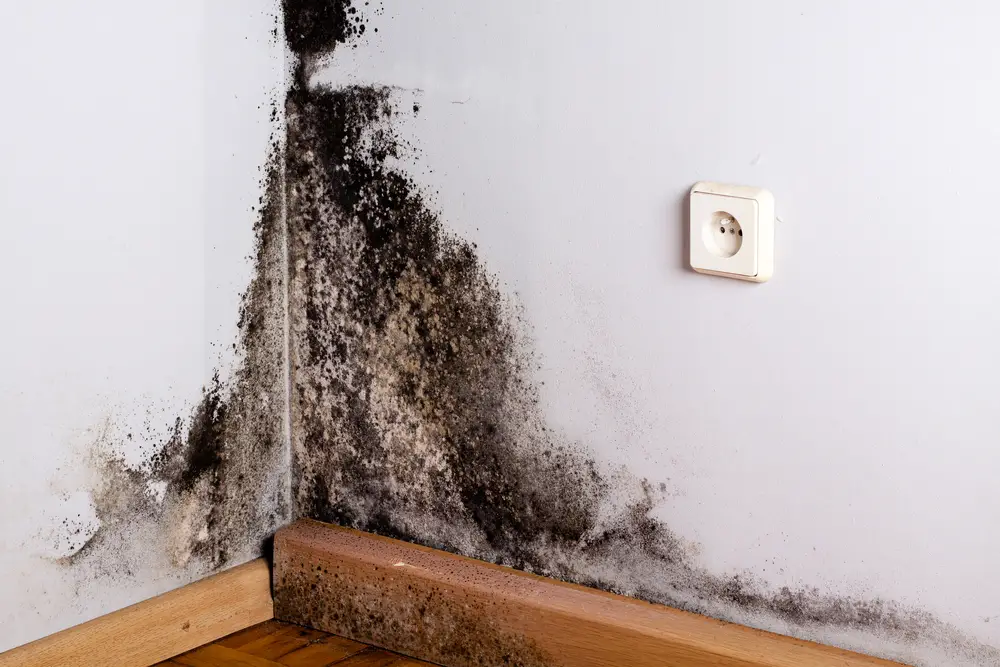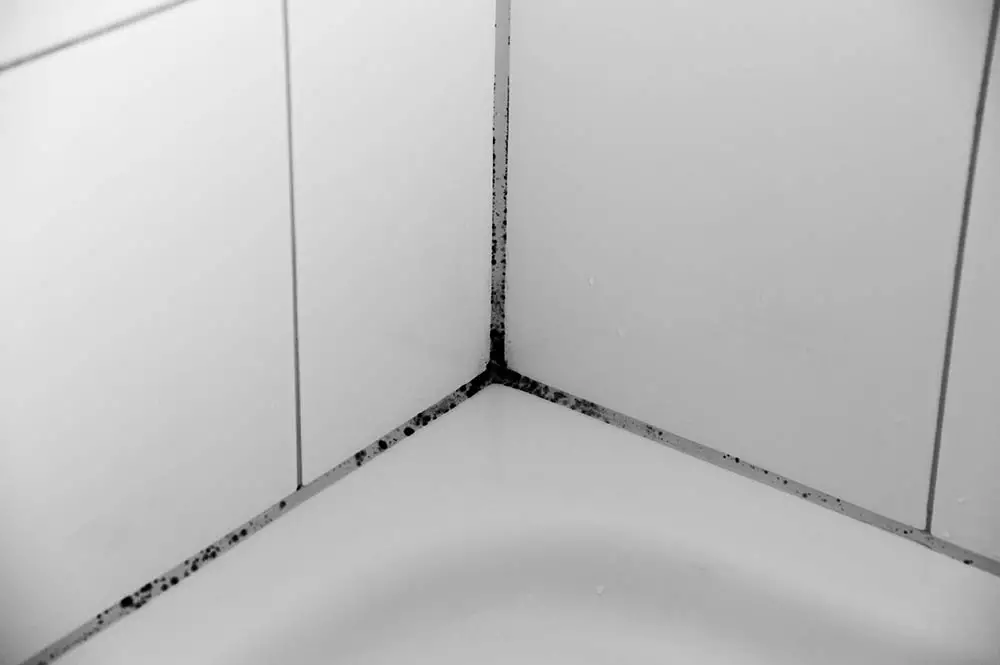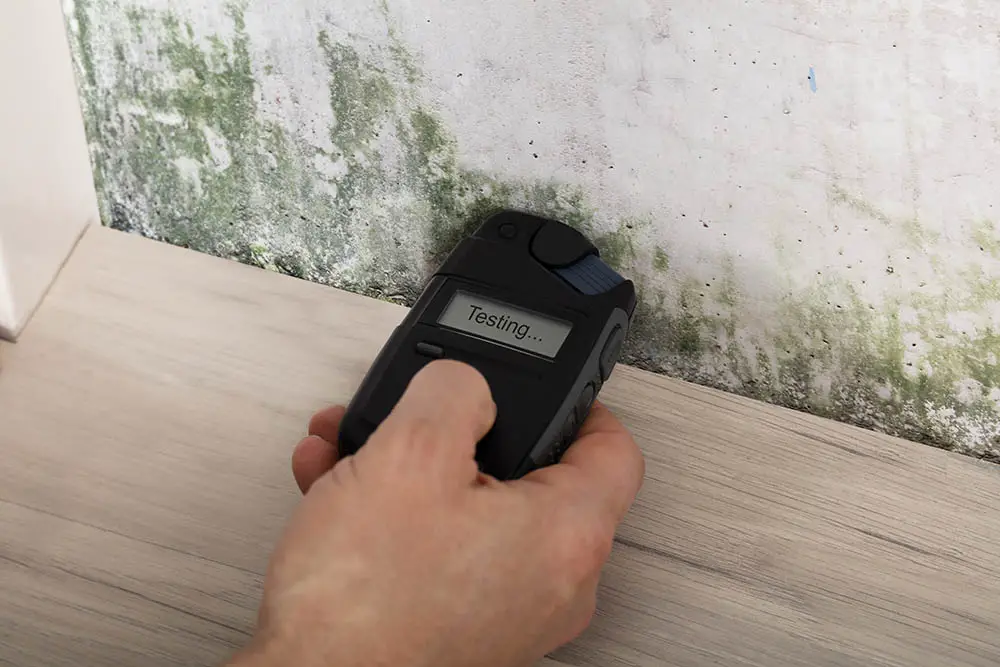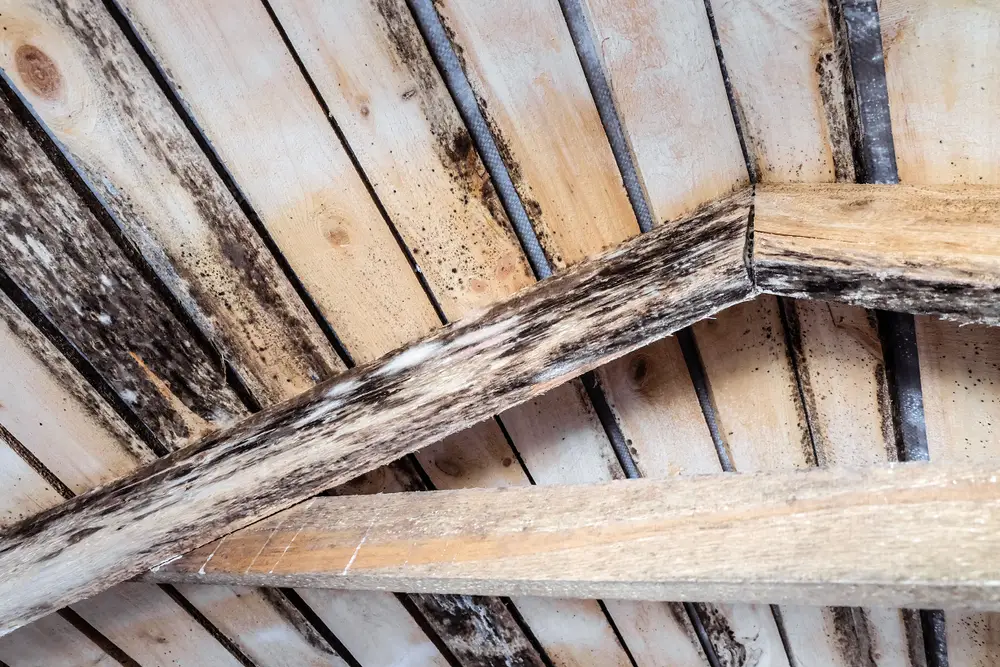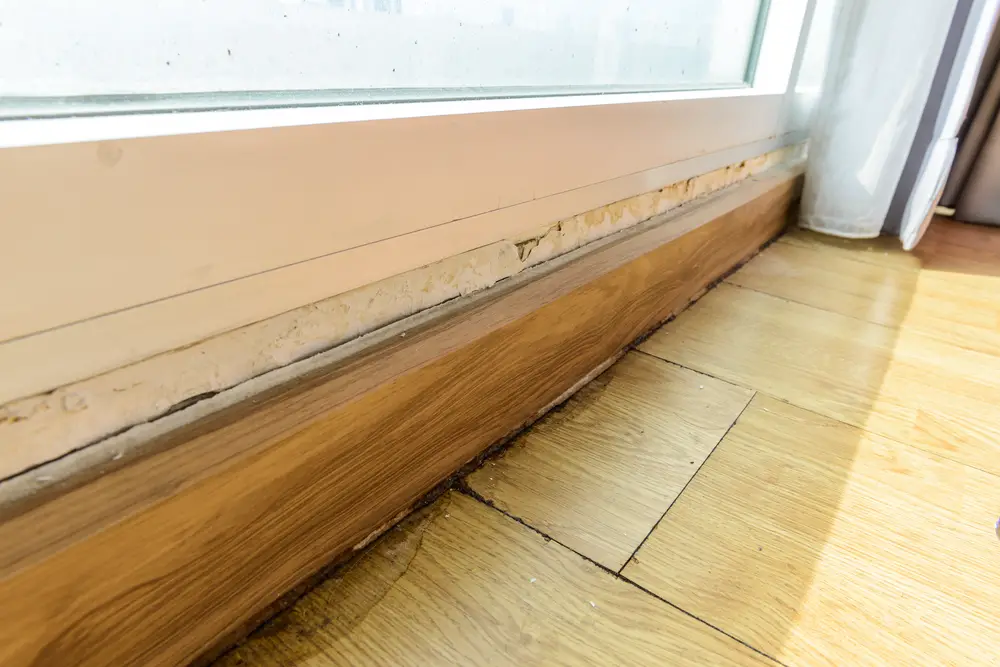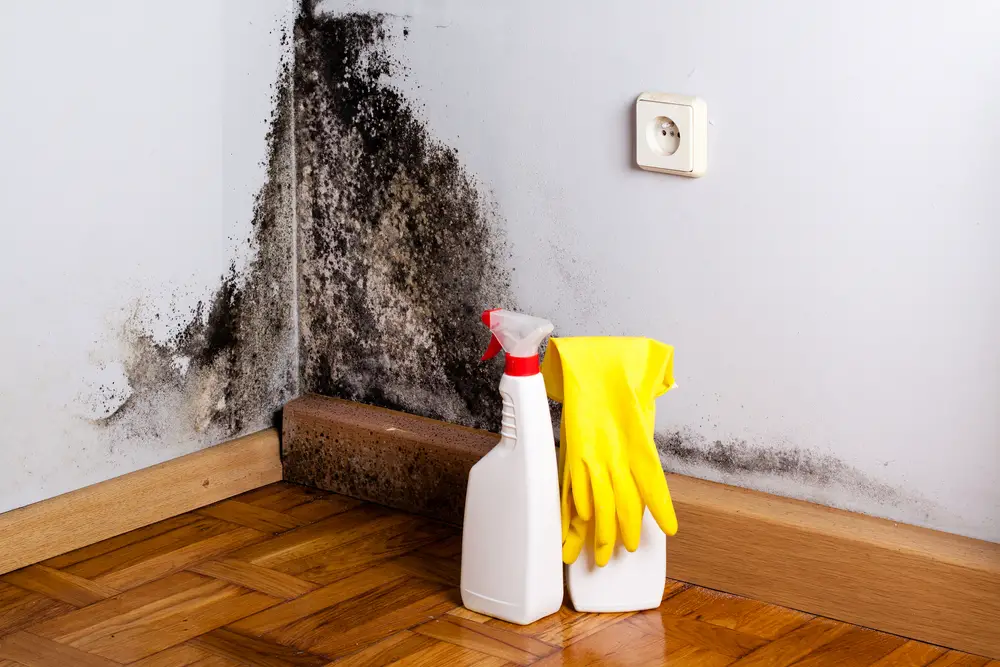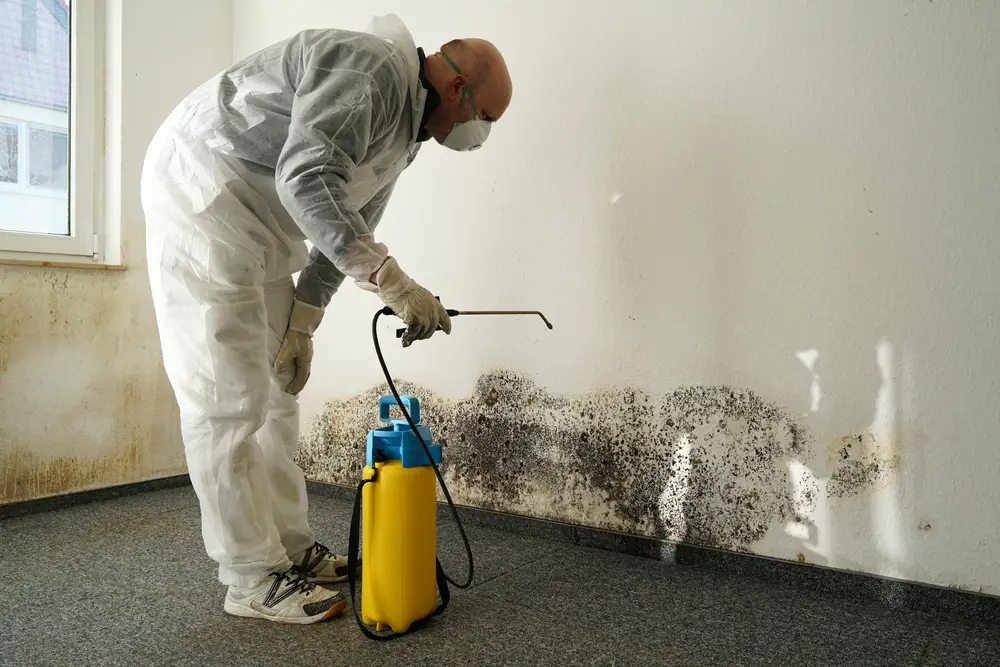Mold is an important part of the natural environment, and while it can cause significant damage to homes and buildings, it can also have a positive effect in certain circumstances. Mold is a type of fungus, composed of small organisms that feed on organic matter and reproduce by forming spores. While some types of mold are beneficial, such as in the production of certain foods, others can cause serious health problems and extensive property damage.
Understanding the Three Different Types of Mold
Molds are classified into three main groups: allergenic, pathogenic, and toxigenic.
Allergenic molds are those that cause allergic reactions in people, such as sneezing, itching, and asthma. Pathogenic molds can cause infections in humans, and toxigenic molds produce toxins that can cause health problems.
Allergenic Molds
Allergenic molds are the most common type, and can be found in both indoor and outdoor environments. They are often found in damp areas, such as bathrooms, basements, and attics. Allergenic molds are usually not harmful, but can cause allergic reactions in sensitive people. Pathogenic molds are the second most common type, and they can cause serious infections in humans, especially in people with weakened immune systems. These molds are often found in water-damaged buildings and contaminated food.
Pathogenic Mold
Pathogenic molds can cause a variety of illnesses, including skin, eye, and lung infections. Toxigenic molds are the third type, and they produce toxins called mycotoxins. Exposure to these toxins can cause a range of health problems, including respiratory problems, skin irritation, and even cancer.
Toxigenic Mold
Toxigenic molds are usually found in damp buildings, and can produce mycotoxins even without visible mold growth. Mold can cause a range of health problems, from minor allergies to serious infections. In addition, it can cause significant property damage, as it can quickly spread and cause wood rot, dry rot, and structural damage.
Types of Mold in the House
Aspergillus
This type of mold is typically found on food, especially grains, and it appears as gray, brown, or black patches on the surface of the food. It is often referred to as “bread mold” or “moldy bread.”
Cladosporium
This type of mold is usually dark green or black in color and often appears on walls, furniture, or fabrics. It is commonly found in bathrooms and basements and is often referred to as “basement mold.”
Penicillium
This type of mold is usually green or blue in color and is commonly found on food, especially fruits and vegetables. It is often referred to as “blue cheese mold” or “blue-green mold.”
Stachybotrys
Also known as “toxic black mold,” this type of mold is usually black in color and is commonly found on wet, moist surfaces such as drywall and wallpaper. It is often associated with health problems and should be treated with caution.
Be Aware of Mold
It is important to take steps to prevent mold growth in your home or business, such as keeping areas clean and dry and fixing any water leaks. In conclusion, it is important to be aware of the different types of mold and the potential health problems they can cause. It is also important to take steps to prevent mold growth and to address any mold problems as soon as possible. While some types of mold can have a positive effect, such as in the production of certain foods, others can cause serious health problems and extensive property damage.

